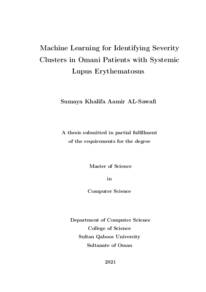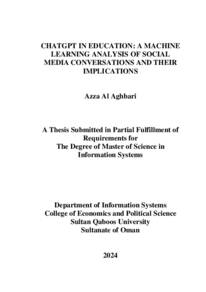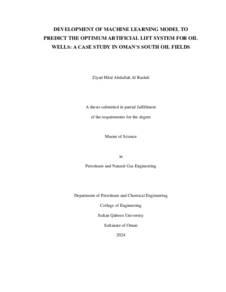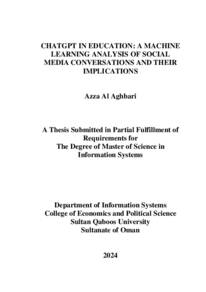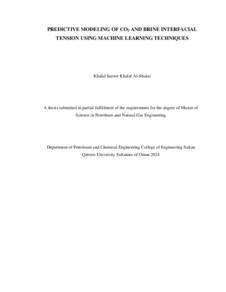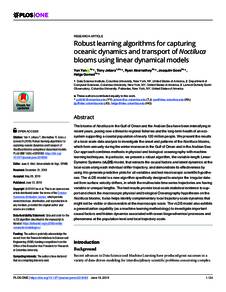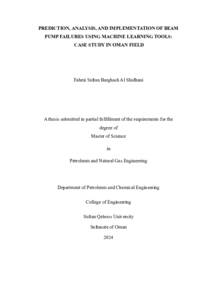Document
Machine learning for identifying severity clusters in Omani patients with systemic lupus erythematosus.
Publisher
Sultan Qaboos University.
Gregorian
2021
Language
English
English abstract
Background: Systemic lupus erythematosus (SLE) is an autoimmune disease
characterized by autoantibodies directed against self-antigens, immune complex
formation, and immune dysregulation, resulting in damage to any organ. The
disease can affect body organs, such as kidneys, skin, blood cells, and the nervous
system. The natural history of SLE is unpredictable; patients may present with
many years of symptoms or with an acute, life-threatening disease. Although the
prognosis of SLE has improved with the advent of better detection methods and
enhanced treatment strategies, the need remains for a better understanding of the
disease and more targeted treatment options.
Aims: To: (a) identifying severity clusters in Omani patients with Systemic Lupus
Erythematosus, (b) detecting features related to diseases severity, and (c) examining the correlation between disease activity index (SLEDAI) and physician global
assessment (PGA) with each subgroup.
Methods: Our method consists of collecting a broad spectrum of data from Sultan Qaboos University Hospital (SQUH). The data include demographic, clinical,
laboratory, and therapy. After the collection, the data goes through several stages.
The first stage is data cleaning and feature extraction. The next stage is to exploring data analysis to identify the data types and exploring the data distribution
to get a full view and understand the dataset. Then, three clustering methods
are used which are hierarchical agglomerative clustering, K-Means clustering, and
spectral clustering to cluster our dataset. Next, the clustering results are evaluated
using correlation with SLEDAI and PGA.
iv
Results: The exploratory data analysis shows that joint pain is the most common
symptom in Omani SLE patients, followed by positive anti-dsDNA antibody, low
complement (C3, C4), acute cutaneous lupus (ACL), renal disorder, and hemolytic
anemia.
The clustering analysis results show two separate patients clusters which are
mild cluster and severe. Patients in the severe cluster have a higher prevalence of
the renal disorder, hemolytic anemia, anti-dsDNA antibody, and low complements
(C3, C4). As a result of analyzing cumulative manifestations and treatment, the
severe cluster patients suffer from malar rash and proteinuria with higher use of
cyclophosphamide, mycophenolate mofetil, and azathioprine. The second cluster
is mild disease activity, and it is associated with joint pain, low complements (C3,
C4), and a positive anti-dsDNA antibody.
Member of
Resource URL
Category
Theses and Dissertations

